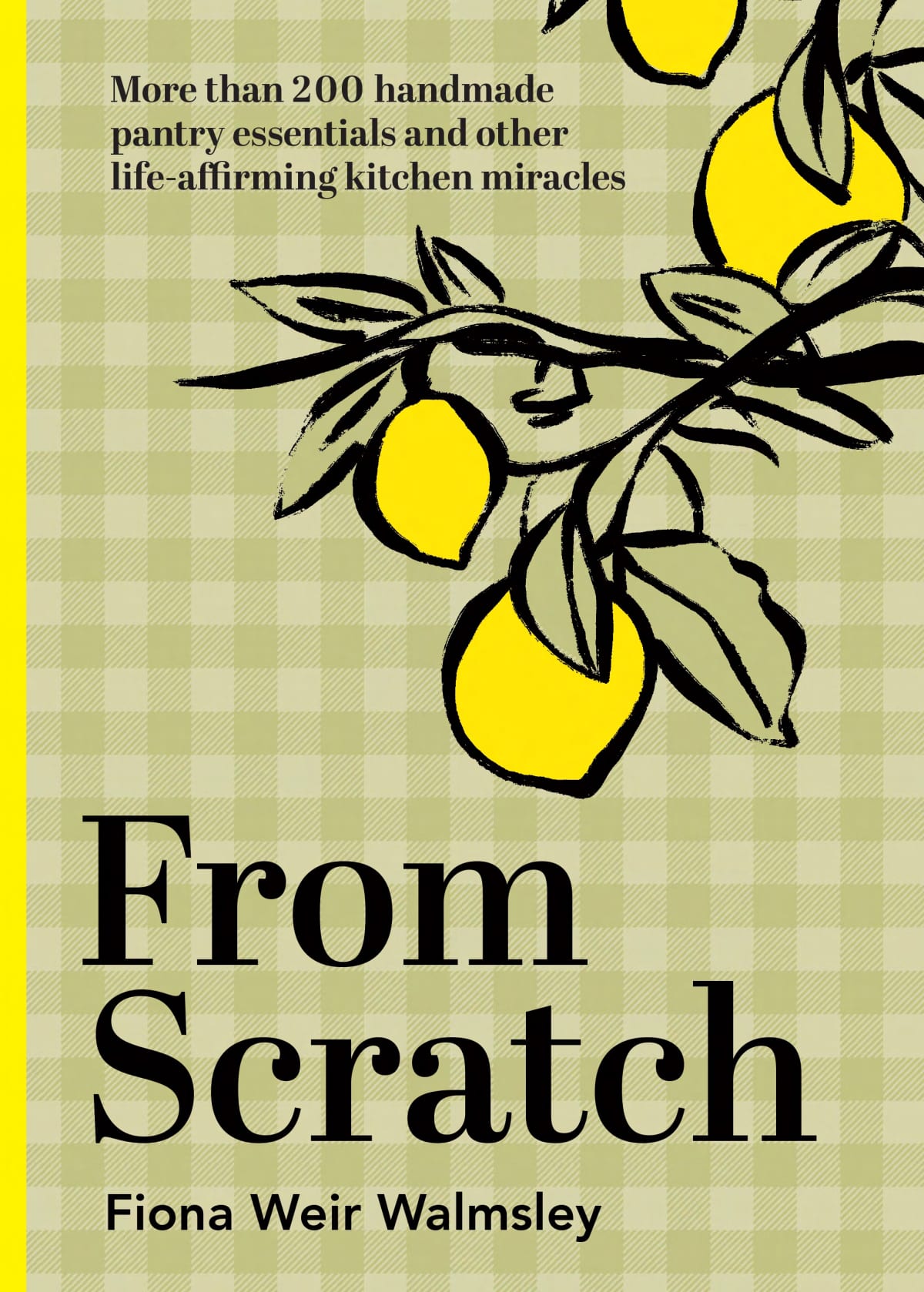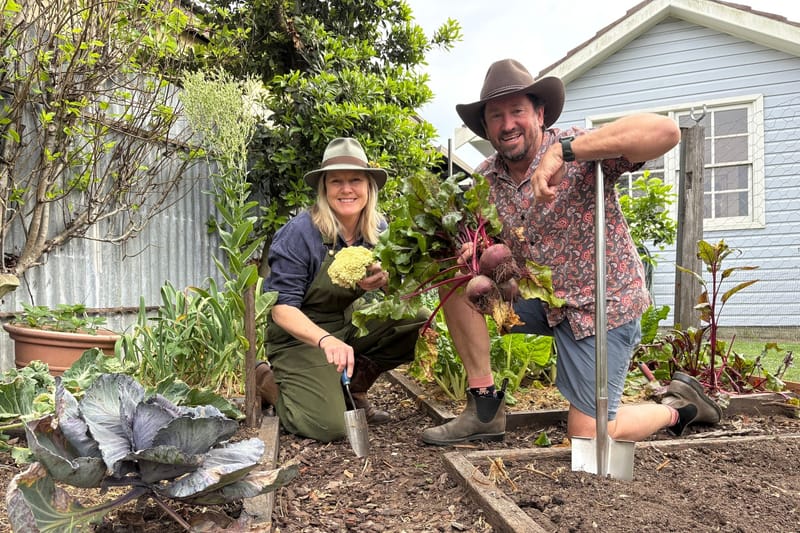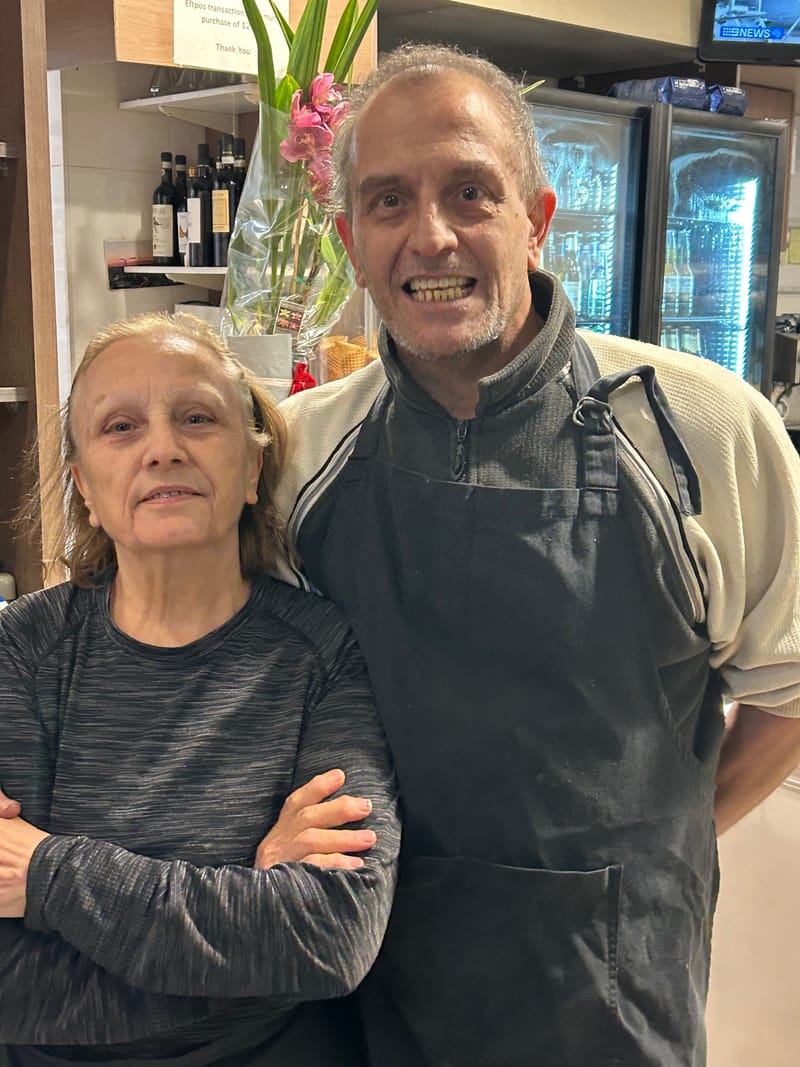In praise of cooking 'from scratch'
As I grow older (and wiser?) and have more time on my hands, I am increasingly likely to make my favourite food from scratch.

As I grow older (and wiser?) and have more time on my hands, I am increasingly likely to make my favourite food from scratch.
Why cook from scratch
- It’s healthier – you know what’s going in and how much, particularly salt, sugar and fat
- It’s cheaper – packaged and processed food is often more expensive than wholefoods
- It’s creative – you can play around, cook, test, taste and repeat, or not!
You don’t have to cook from scratch every day. You may even get resistance from family members. Don’t be hardline, particularly if it’s a big change for you.
You don't need special appliances, although a food processor and a thermometer can be useful. In fact, many “from scratch” cooks shun the use of modern appliances for the tried and tested methods of old.
Contravening this advice, as I write this I am making yoghurt in my newest kitchen gadget, a multicooker – a combination slow cooker and pressure cooker. I put two litres of fresh full-cream homogenised milk (from Jamberoo Valley) into the stainless-steel bowl, close the lid and press the button labelled “yoghurt”. For the next couple of hours I react to the various beeps as it warms, cools and incubates, and follow the LED instructions leading to the five- to eight-hour incubation period. The results are good but the appliance unnecessary.
How to make your own yoghurt
Heat one litre of fresh full-fat homogenised milk in a stainless-steel saucepan to 90C. Do not boil – very messy! Remove from heat and cool to 45C. Add two heaped tablespoons of good quality fresh natural yoghurt (or “backslop” from a previous batch) and mix well. Leave in a warm spot (eg, esky with a small amount of water at 45C) until the required consistency (at least eight hours). Refrigerate for a couple of hours to firm up before eating.
How to make labna
Did you know you can strain a good plain yoghurt (with some added salt) through muslin to make labna, a yoghurty cheese? You will need to strain it for a few hours.
Labna can be eaten as a savoury dish, spread on flatbread or crackers. You can also sweeten it with honey or maple syrup (prior to straining) for an alternative to cream as an accompaniment to cake.

Top 3 tips for cooking from scratch
Thanks to Gerringong farmer Fiona Weir Walmsley, author of the new book From Scratch
- Don’t be fooled into thinking supermarket food is better, cheaper, tastier, healthier
- It’s not complex – it’s just food. Bread is just flour and water. It’s health and nourishment. Enjoy and make a mess!
- Make extra to share or trade with family, neighbours and friends





